Home>Furniture & Design>Bathroom Accessories>How To Calculate CFM Of An Exhaust Fan
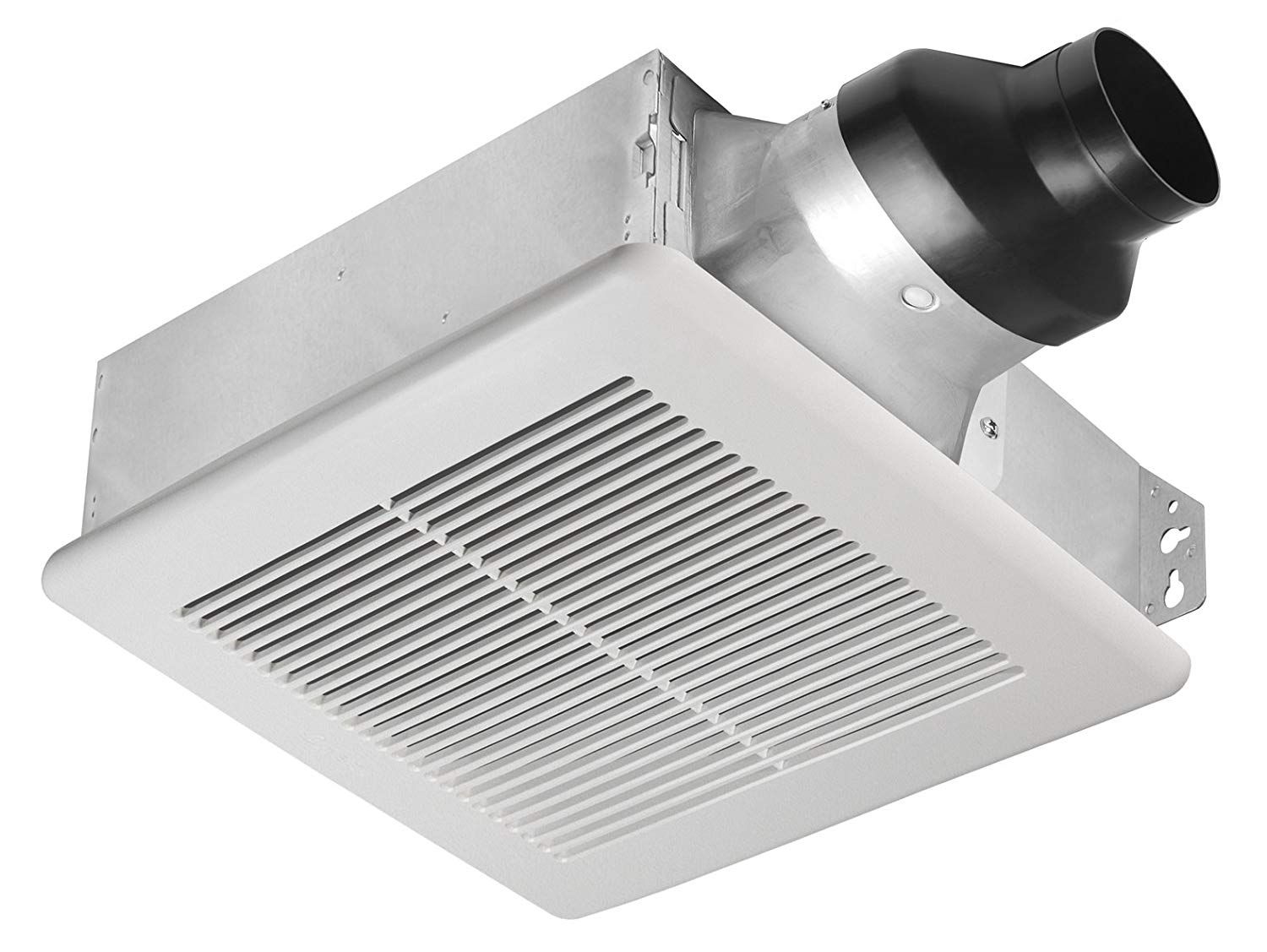

Bathroom Accessories
How To Calculate CFM Of An Exhaust Fan
Modified: February 18, 2024
Learn how to calculate the CFM of your bathroom exhaust fan with our step-by-step guide. Ensure proper ventilation and air quality for your bathroom accessories.
(Many of the links in this article redirect to a specific reviewed product. Your purchase of these products through affiliate links helps to generate commission for Storables.com, at no extra cost. Learn more)
Introduction
When it comes to maintaining a comfortable and healthy environment in your bathroom, the exhaust fan plays a crucial role. It helps to eliminate excess moisture, unpleasant odors, and airborne pollutants, thereby preventing mold growth and preserving the overall air quality. However, to ensure optimal performance, it's essential to calculate the Cubic Feet per Minute (CFM) rating of the exhaust fan accurately. This rating indicates the volume of air the fan can move in one minute, and it directly influences the fan's efficiency in ventilating the space.
Understanding how to calculate the CFM of an exhaust fan is vital for homeowners and professionals alike. By determining the appropriate CFM rating for your bathroom, you can select an exhaust fan that effectively meets your ventilation needs. Whether you're renovating your bathroom or simply seeking to enhance its functionality, mastering the CFM calculation process empowers you to make informed decisions and optimize the indoor air quality.
In the following sections, we will delve into the intricacies of CFM calculation for exhaust fans, exploring the factors that influence this measurement and providing a step-by-step guide to help you accurately determine the CFM rating for your bathroom's exhaust fan. By the end of this article, you will have a comprehensive understanding of how to calculate CFM, enabling you to make well-informed choices when it comes to selecting and installing an exhaust fan that effectively ventilates your bathroom space.
Key Takeaways:
- Calculate the right exhaust fan size by multiplying your bathroom’s volume by 8 for optimal ventilation. Consider factors like ceiling height and moisture levels for accurate CFM calculation.
- Follow a step-by-step process to calculate CFM and select an exhaust fan that effectively meets your bathroom’s ventilation needs. Consider factors like bathroom size and additional features for personalized air exchange.
Read more: What Is CFM For An Exhaust Fan
Understanding CFM (Cubic Feet per Minute)
CFM, or Cubic Feet per Minute, is a crucial metric used to measure the airflow capacity of an exhaust fan. This measurement indicates the volume of air that the fan can move in one minute. Understanding CFM is essential for determining the appropriate exhaust fan size and capacity required to effectively ventilate a specific space, such as a bathroom.
In the context of bathroom ventilation, CFM plays a pivotal role in maintaining indoor air quality and preventing issues related to excess moisture and airborne pollutants. When an exhaust fan operates at the appropriate CFM rating for the bathroom size, it can efficiently remove excess humidity, odors, and contaminants, thereby reducing the risk of mold growth and promoting a healthier environment.
To put CFM into perspective, imagine a bathroom with a volume of 1,200 cubic feet. For optimal ventilation, it is generally recommended that the exhaust fan should be able to replace the entire volume of air in the bathroom 8 times per hour. To calculate the required CFM for this scenario, the volume of the bathroom (1,200 cubic feet) is multiplied by the recommended air exchanges per hour (8), resulting in a required CFM of 9,600 (1,200 x 8 = 9,600). Therefore, an exhaust fan with a CFM rating of 9,600 would be suitable for this bathroom to achieve efficient ventilation.
It's important to note that various factors, such as the bathroom size, ceiling height, and specific ventilation needs, can influence the ideal CFM rating for an exhaust fan. Additionally, the presence of features like showers, bathtubs, and enclosed toilet areas can impact the moisture levels in the bathroom, necessitating a higher CFM rating to effectively manage the increased humidity.
In summary, understanding CFM is essential for selecting the right exhaust fan to maintain optimal indoor air quality in a bathroom. By considering the specific requirements of the space and the factors that influence CFM calculation, homeowners and professionals can make informed decisions when it comes to choosing an exhaust fan that aligns with the ventilation needs of the bathroom.
Factors Affecting CFM Calculation
Several factors come into play when calculating the CFM rating for an exhaust fan, as it's crucial to tailor the ventilation system to the specific needs of the bathroom space. Understanding these factors is essential for accurately determining the appropriate CFM and ensuring effective air exchange and moisture control.
-
Bathroom Size: The size of the bathroom directly impacts the required CFM rating of the exhaust fan. Larger bathrooms necessitate higher CFM ratings to ensure adequate air circulation and moisture removal. Conversely, smaller bathrooms may require lower CFM ratings to achieve efficient ventilation.
-
Ceiling Height: Taller ceilings in bathrooms can affect the air volume that needs to be ventilated. Higher ceilings result in a larger air volume, requiring a higher CFM rating to effectively exchange the air and maintain optimal indoor air quality.
-
Moisture Levels: The presence of showers, bathtubs, and enclosed toilet areas can significantly impact moisture levels in the bathroom. Higher moisture levels call for a higher CFM rating to effectively manage the increased humidity and prevent mold and mildew growth.
-
Air Duct Length and Configuration: The length and configuration of the air duct through which the exhaust fan operates can influence the fan's performance. Longer or more complex ductwork may require a higher CFM rating to compensate for air resistance and ensure efficient ventilation.
-
Additional Features: Certain additional features in the bathroom, such as steam showers, whirlpool tubs, or spa-like amenities, can contribute to increased moisture levels. These features may necessitate a higher CFM rating to effectively remove excess humidity and maintain a comfortable and healthy indoor environment.
-
Local Building Codes and Regulations: It's essential to consider local building codes and regulations when determining the CFM rating for an exhaust fan. Some jurisdictions may have specific requirements for ventilation in bathrooms, and adhering to these guidelines is crucial for compliance and ensuring optimal indoor air quality.
By taking these factors into account, homeowners and professionals can accurately calculate the CFM rating required for an exhaust fan, ensuring that the ventilation system effectively addresses the specific needs of the bathroom space. This comprehensive approach enables informed decision-making when selecting an exhaust fan, ultimately contributing to a healthier and more comfortable indoor environment.
To calculate the CFM of an exhaust fan, measure the room’s length, width, and height. Then, multiply these measurements together and divide by 7.5 to get the CFM needed for good ventilation.
Steps to Calculate CFM of an Exhaust Fan
Calculating the Cubic Feet per Minute (CFM) rating of an exhaust fan is a crucial process that involves assessing various factors to ensure effective ventilation in a bathroom. By following a systematic approach, homeowners and professionals can accurately determine the appropriate CFM for an exhaust fan, thereby optimizing indoor air quality and moisture control. Here are the essential steps to calculate the CFM of an exhaust fan:
-
Measure the Bathroom Size: Begin by measuring the length, width, and height of the bathroom to determine its total volume in cubic feet. Multiply these dimensions together to obtain the total cubic footage of the space.
-
Assess Air Changes per Hour (ACH): Consider the recommended air changes per hour for bathroom ventilation. The generally recommended ACH for bathrooms is 8, implying that the entire volume of air in the bathroom should be replaced 8 times per hour for efficient ventilation.
-
Calculate Required CFM: Multiply the total cubic footage of the bathroom by the recommended ACH to obtain the required CFM. For example, if the bathroom volume is 1,200 cubic feet and the recommended ACH is 8, the calculation would be 1,200 x 8, resulting in a required CFM of 9,600 for optimal ventilation.
-
Adjust for Specific Factors: Consider specific factors that may influence the required CFM, such as ceiling height, moisture levels, and additional features in the bathroom. Adjust the calculated CFM based on these factors to ensure that the exhaust fan can effectively manage the specific ventilation needs of the space.
-
Select an Exhaust Fan: Once the required CFM is determined, select an exhaust fan with a matching or slightly higher CFM rating to ensure adequate ventilation. Consider the fan's energy efficiency, noise level, and any additional features that align with the specific requirements of the bathroom.
-
Install the Exhaust Fan: Properly install the selected exhaust fan in the bathroom, ensuring that it is positioned to effectively remove moisture and odors. Follow the manufacturer's guidelines for installation and consider professional assistance if needed to ensure optimal performance.
By following these steps, individuals can accurately calculate the CFM of an exhaust fan, enabling them to select and install a ventilation system that effectively addresses the specific ventilation needs of the bathroom. This systematic approach empowers homeowners and professionals to optimize indoor air quality, prevent mold and mildew growth, and create a healthier and more comfortable bathroom environment.
Conclusion
In conclusion, mastering the art of calculating the Cubic Feet per Minute (CFM) rating of an exhaust fan is essential for maintaining a healthy and comfortable bathroom environment. By understanding the factors that influence CFM calculation and following a systematic approach to determine the appropriate CFM, homeowners and professionals can make informed decisions when selecting and installing an exhaust fan. This process not only ensures effective ventilation but also contributes to preventing mold and mildew growth, reducing excess moisture, and enhancing indoor air quality.
The significance of CFM extends beyond mere airflow measurement; it directly impacts the overall functionality of the bathroom's ventilation system. By accurately calculating the required CFM based on the specific factors such as bathroom size, ceiling height, moisture levels, and additional features, individuals can tailor the exhaust fan to meet the unique ventilation needs of the space. This personalized approach results in optimal air exchange, efficient moisture control, and the elimination of unpleasant odors, ultimately creating a more pleasant and healthier bathroom environment.
Furthermore, the calculated CFM serves as a guiding metric for selecting an exhaust fan that aligns with the ventilation requirements of the bathroom. By choosing a fan with a matching or slightly higher CFM rating, individuals can ensure that the ventilation system effectively addresses the specific needs of the space, promoting comfort and well-being. Additionally, considering factors such as energy efficiency, noise level, and installation guidelines further enhances the overall performance and functionality of the exhaust fan.
Ultimately, the process of calculating CFM for an exhaust fan empowers individuals to take proactive steps in optimizing indoor air quality and maintaining a comfortable bathroom environment. Whether it's renovating an existing bathroom or designing a new one, the knowledge and application of CFM calculation contribute to creating a space that is free from moisture-related issues, odors, and airborne pollutants, fostering a healthier and more enjoyable experience for occupants.
In essence, understanding and accurately calculating the CFM of an exhaust fan is a fundamental aspect of ensuring effective ventilation and promoting a healthy indoor environment. By embracing this knowledge and applying it to the selection and installation of exhaust fans, individuals can transform their bathrooms into spaces that prioritize comfort, well-being, and optimal air quality.
Frequently Asked Questions about How To Calculate CFM Of An Exhaust Fan
Was this page helpful?
At Storables.com, we guarantee accurate and reliable information. Our content, validated by Expert Board Contributors, is crafted following stringent Editorial Policies. We're committed to providing you with well-researched, expert-backed insights for all your informational needs.
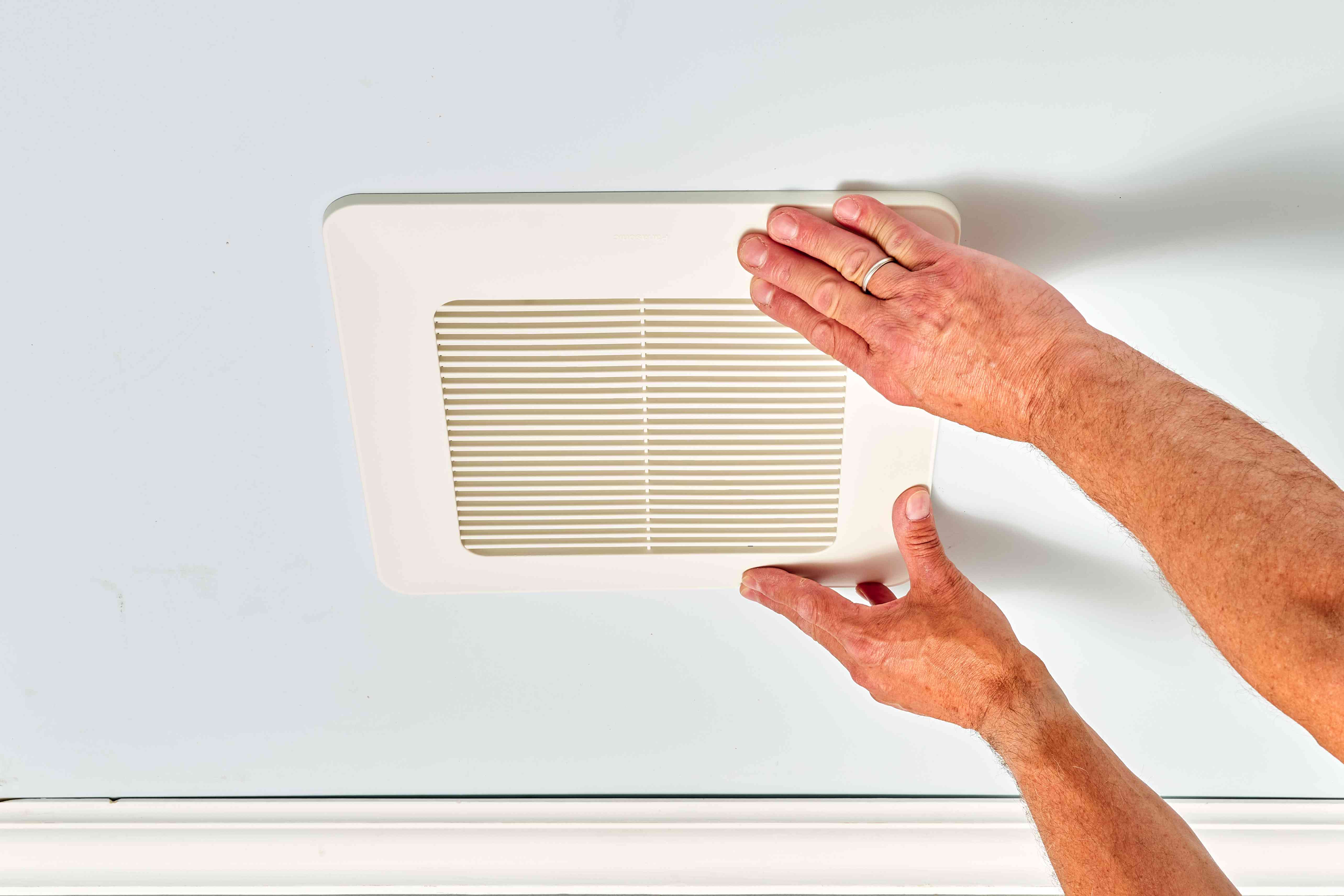
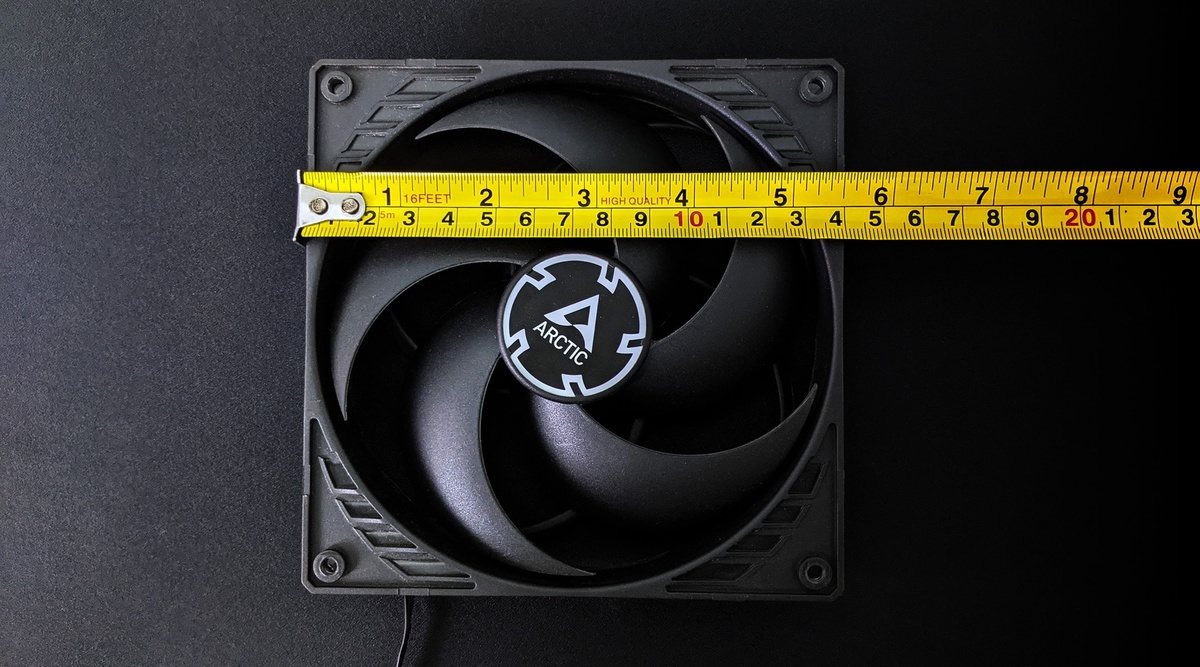
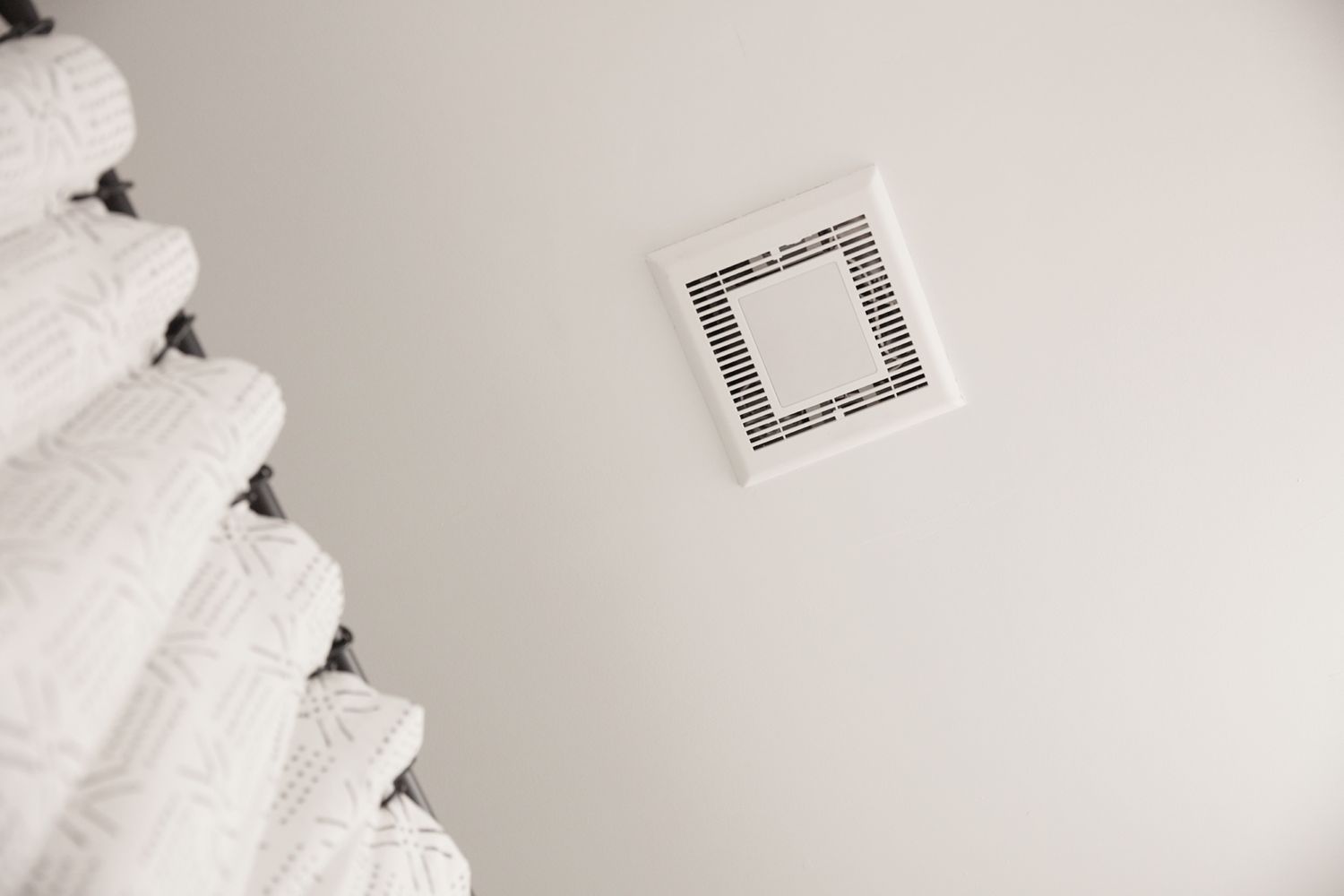
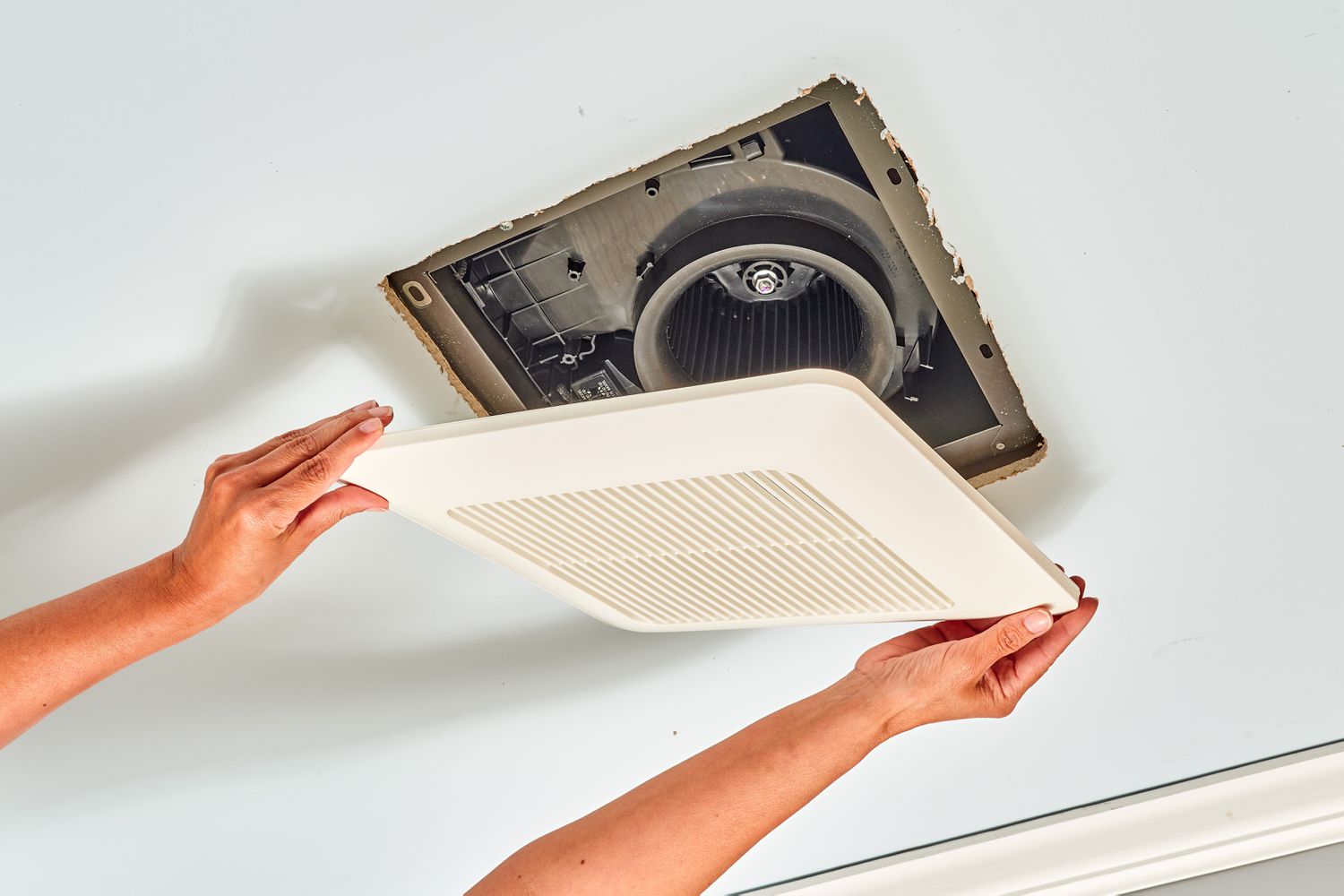

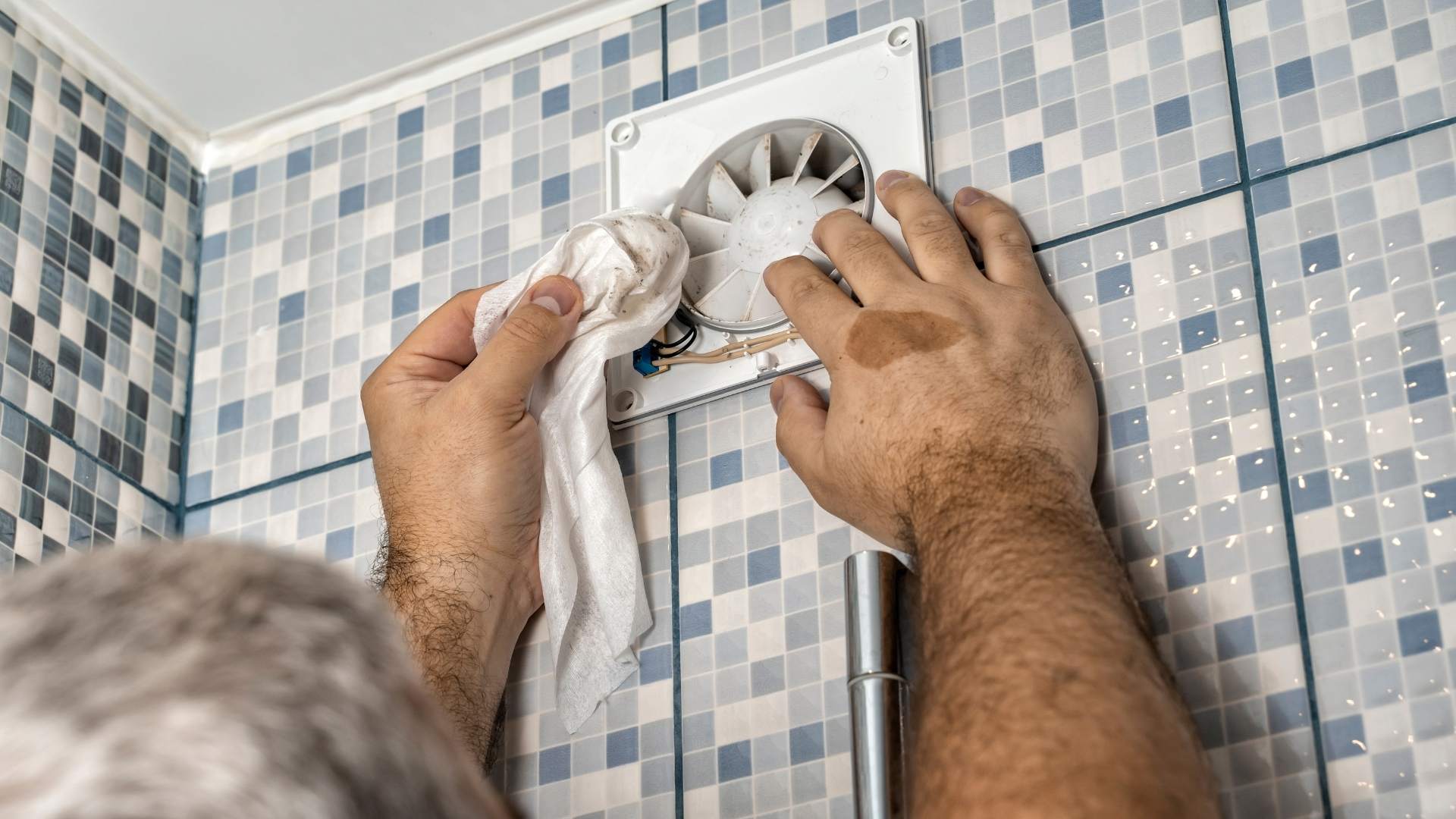
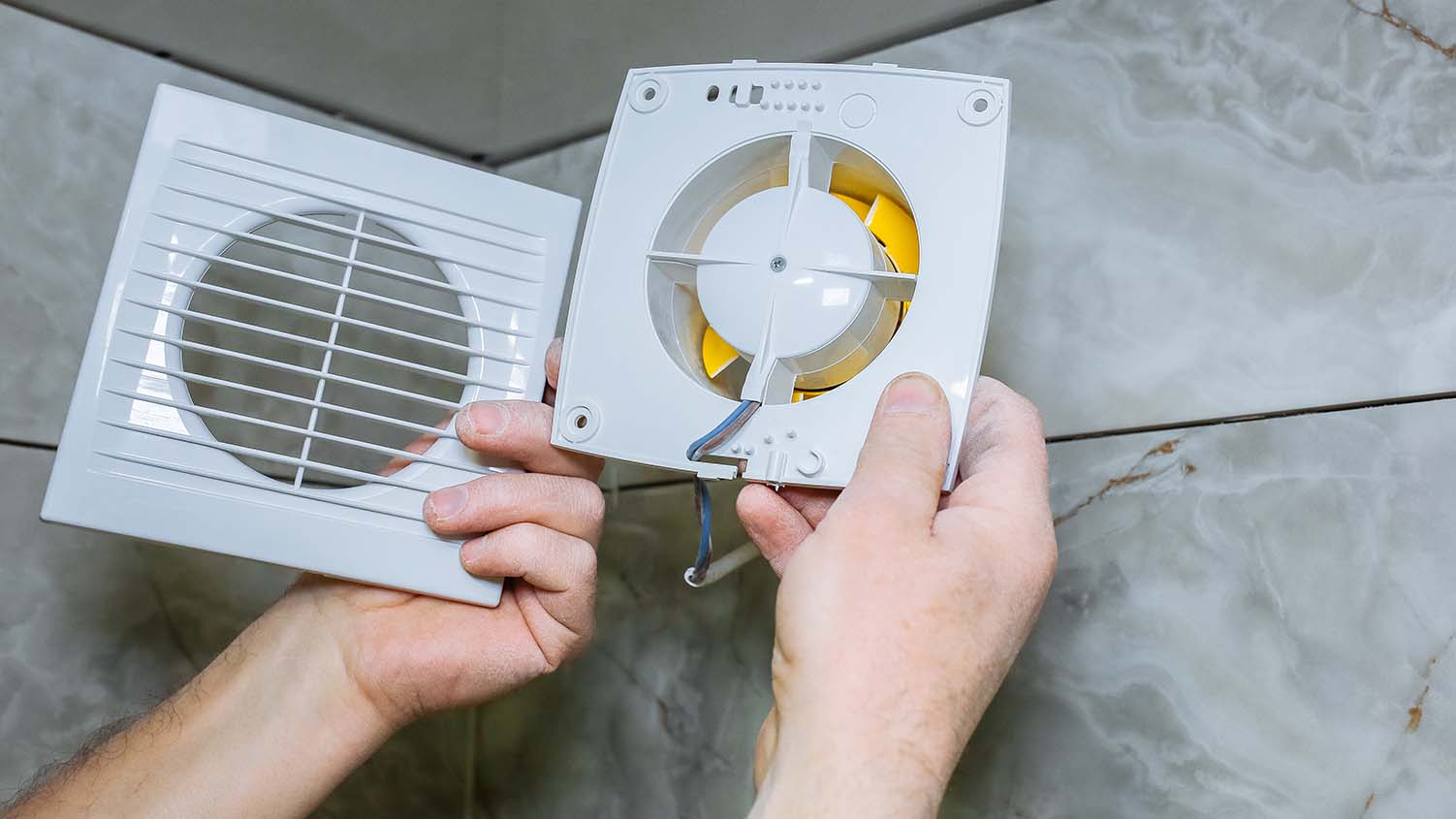
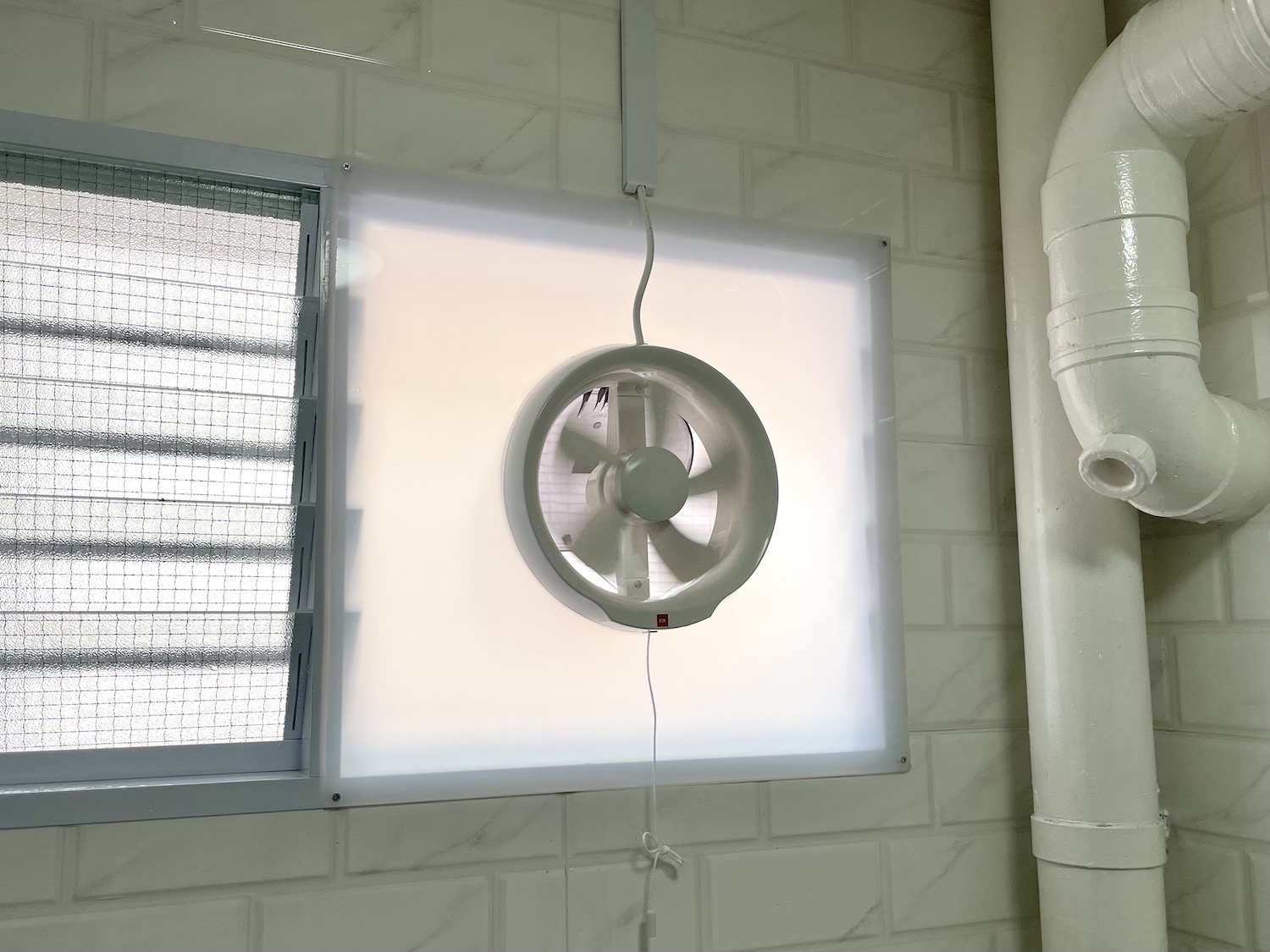

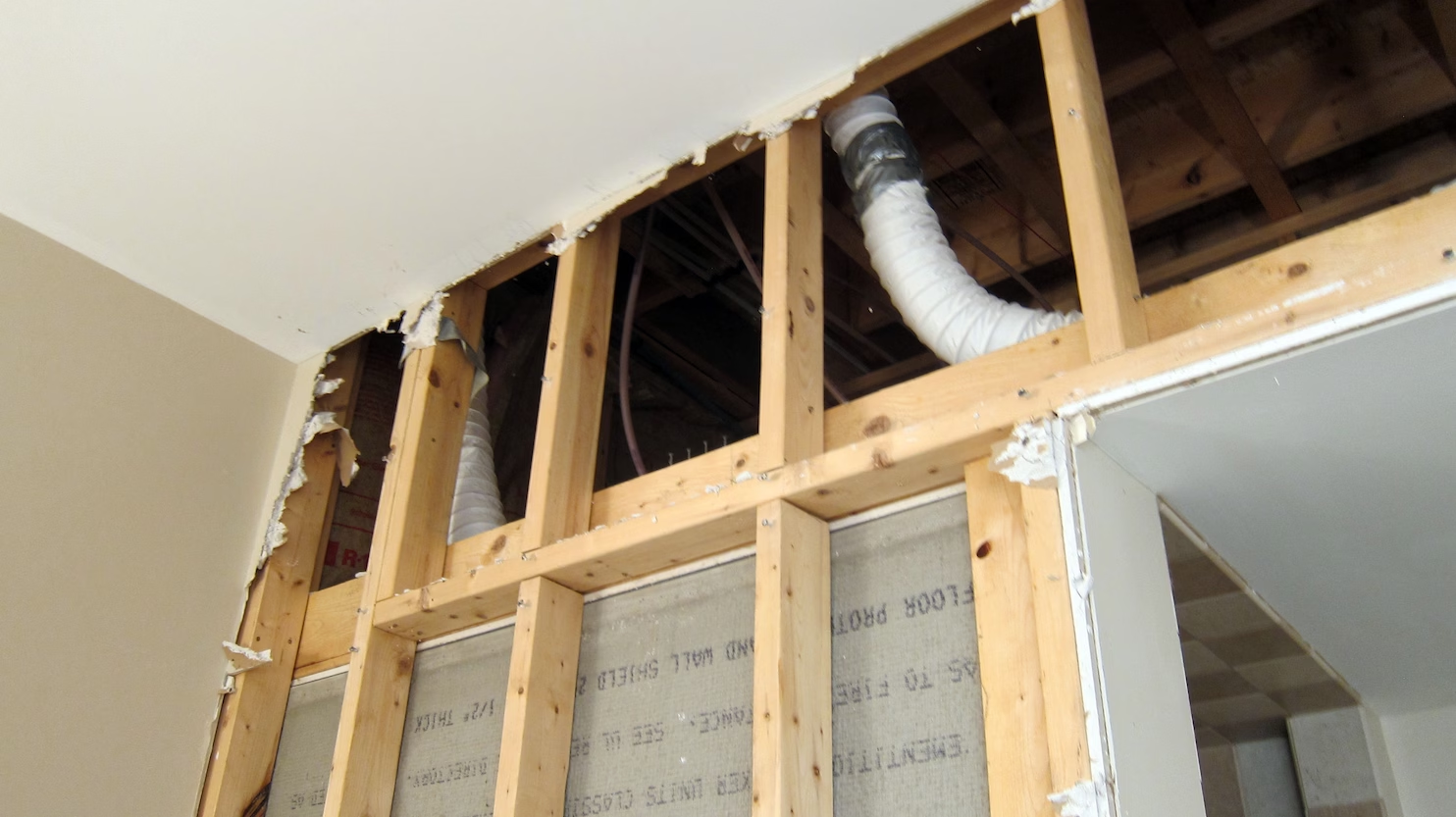
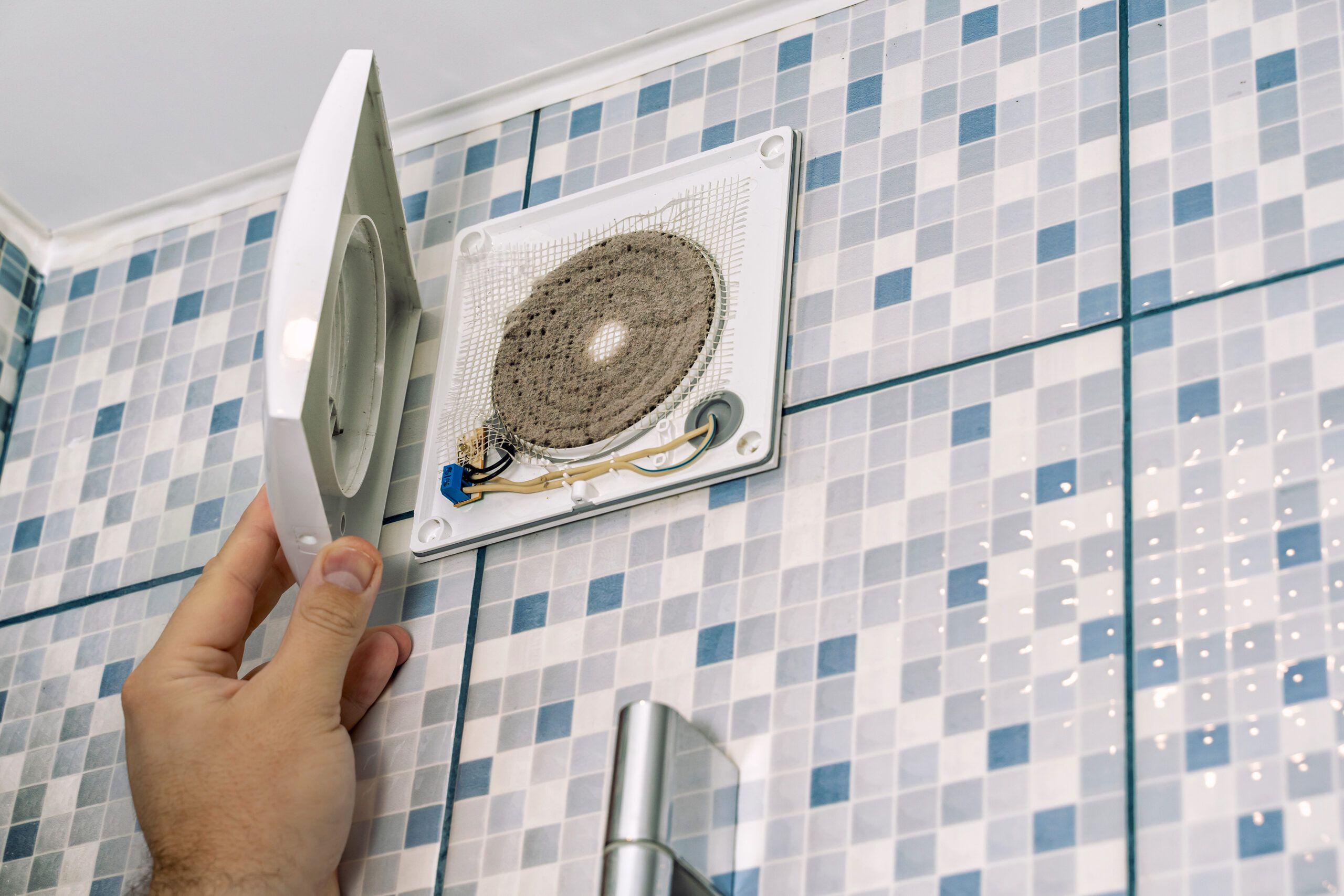
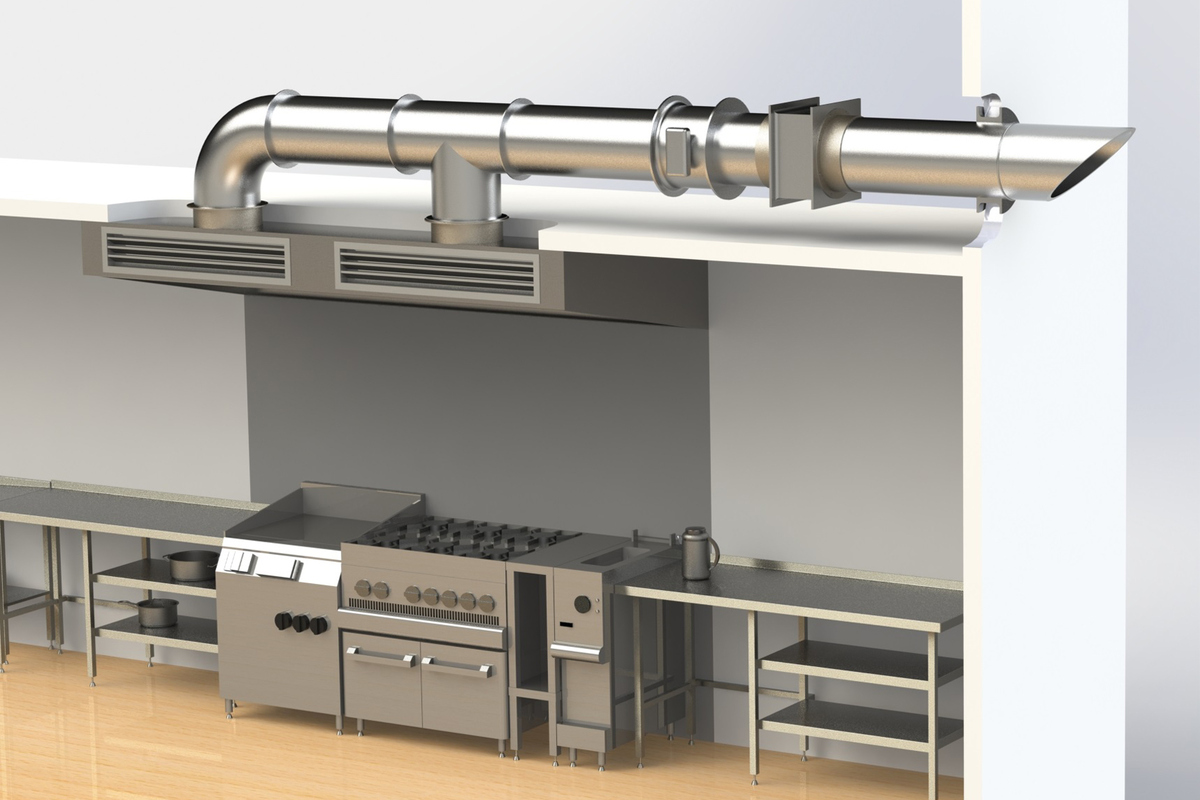


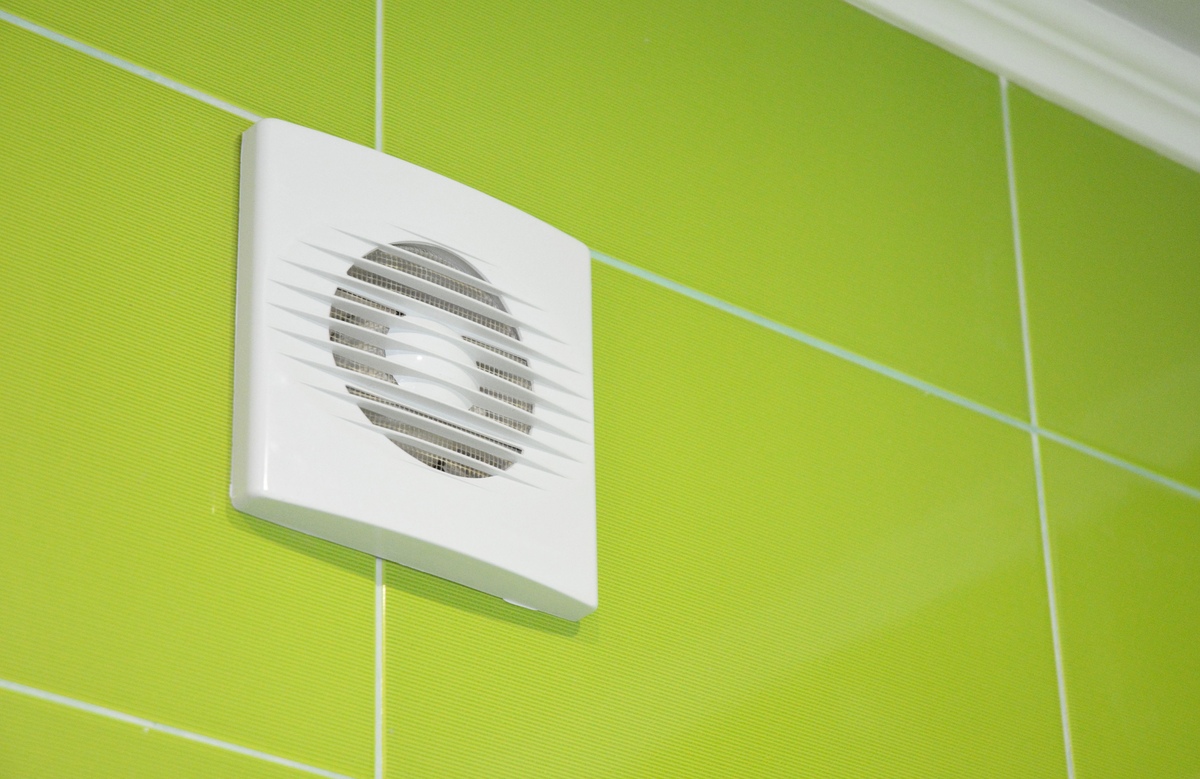

0 thoughts on “How To Calculate CFM Of An Exhaust Fan”